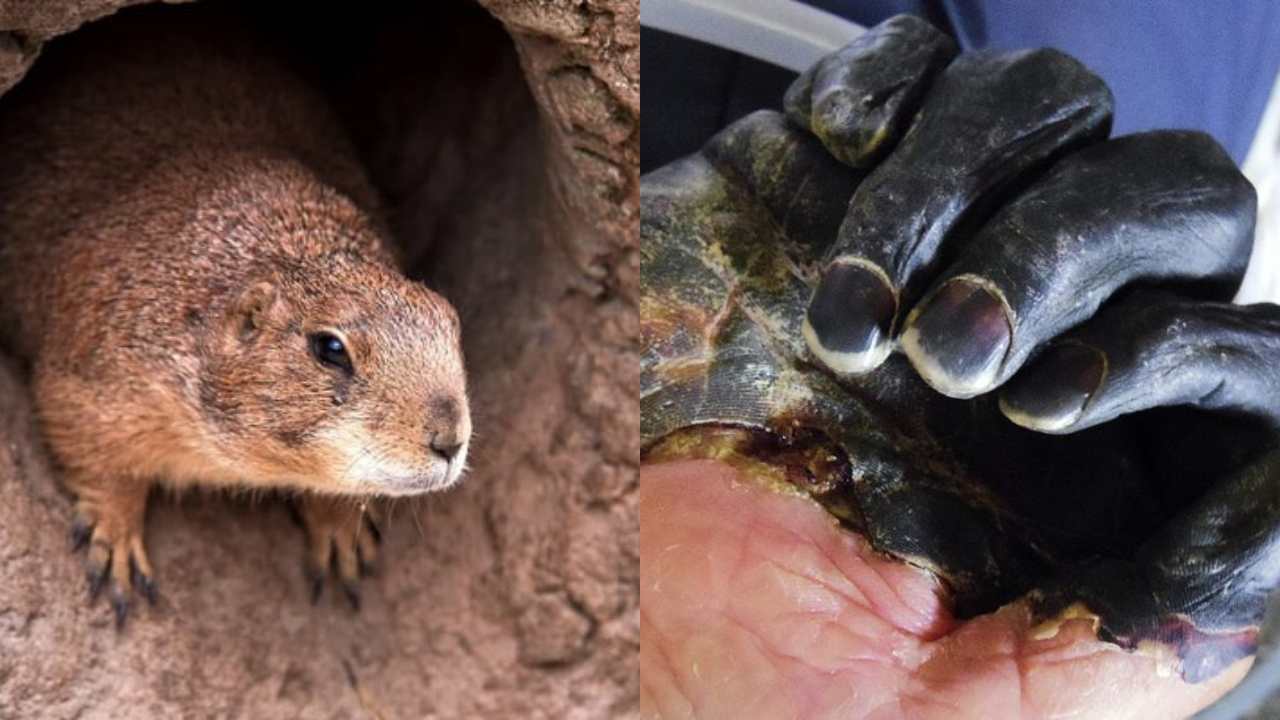After Covid19, China has reported case of bubonic plague in Bayan Nur, in the Northern Inner Mongolia Autonomous region. A level III warning of plague prevention and control has been issued, the state-run People’s Daily Online reported.
Five days before, the Chinese news agency Xinhua had reported two suspected cases of bubonic plague in Khovd province in western Mongolia—two brothers had consumed marmot meat.
The alert has asked people to immediately report any sick or dead marmot (large and heavy rodents that resemble squirrels), and forbids the hunting and eating of animals that could carry the plague.
What is Bubonic Plague?
Bubonic plague is a bacterial disease that is spread by fleas living on wild rodents such as marmots.
According to the World Health Organization (WHO), the plague can kill an adult in less than 24 hours if not treated in time
The disease usually spreads from bites of fleas that have fed upon infected creatures like mice, rats, rabbits and squirrels.
What is bubonic plague disease?
There are two main forms of the plague: bubonic and pneumonic (when plague advances to the lungs).
According to WHO, bubonic plague is the most common form and is characterised by painful swollen lymph nodes or ‘buboes’. It is a rare disease now—from 2010 to 2015, there were 3,248 cases reported worldwide, including 584 deaths. It is now mostly endemic in Democratic Republic of the Congo, Madagascar, and Peru.
In the Middle Ages, a bubonic plague pandemic, also known as the ‘black death’, had wiped out more than half of Europe’s population. However, with the availability of antibiotics, the disease is largely treatable now. If not treated on time, bubonic plague has a case-fatality ratio of 30 per cent to 60 cent, while its septicaemia (circulation in bloodstream) and pneumonic kind can touch 100 per cent fatality. If diagnosed and treated on time, the disease has about a 10 per cent fatality rate.
Symptoms of Bubonic Plague
According to WHO: Sudden onset of fever, chills, head and body aches, and weakness, vomiting and nausea. In bubonic plague, the lymph node becomes inflamed, tense and painful (almost the size of a chicken’s egg), called a ‘bubo’. At advanced stages of the infection, the inflamed lymph nodes can turn into open sores filled with pus. When it advances to the lungs, pneumonic plague becomes the most virulent form of plague.
How does it transmit?
According to WHO, human-to-human transmission of bubonic plague is rare. However, any person with pneumonic plague may transmit the disease via droplets to other humans.
Black Death in History
Black Death, one of the worst pandemics in human history that claimed millions of lives in the 14th century. The disease is expected to have originated somewhere in Asia, spreading through China and India, before killing of an estimated two-thirds of the European population in the 1340s and 1350s.
There were riots and massacres of the Jewish people, and the disease is believed to have been brought under control by strict quarantine measures and public hygiene enactments.


















